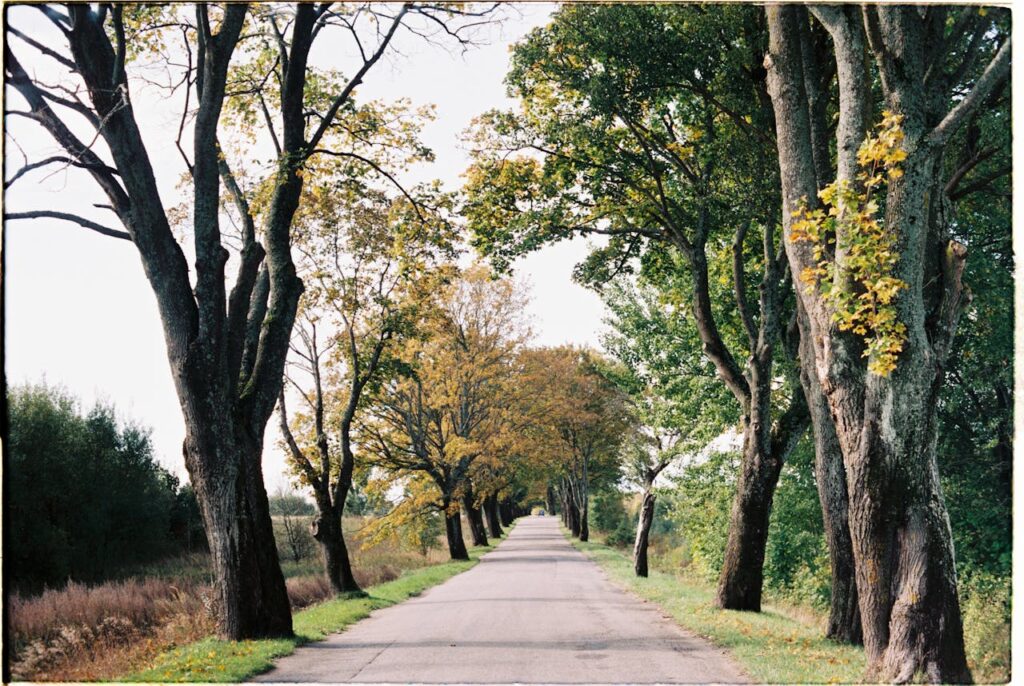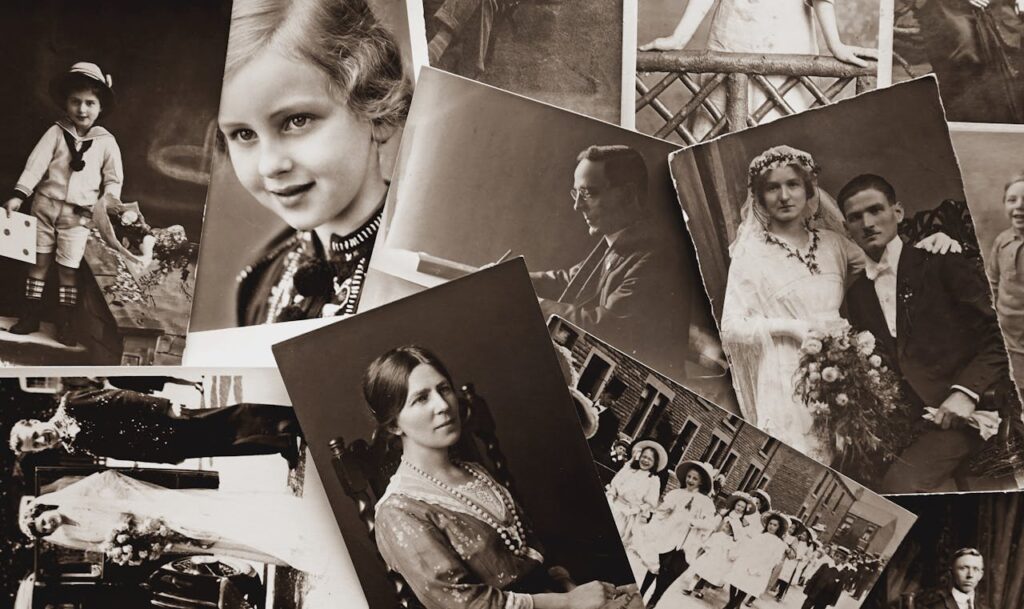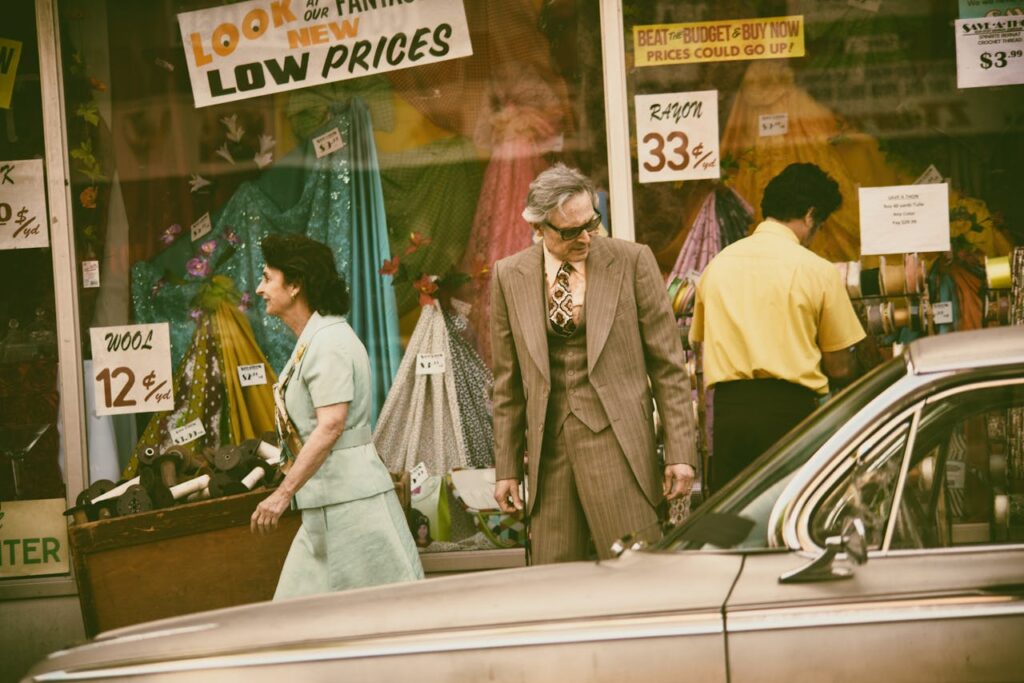Film photography, once the primary method of capturing images, continues to hold a special place in the hearts of photographers and enthusiasts in the United States and around the world. This article explores the history, technology, artistic appeal, practical considerations, and contemporary resurgence of film photography.

Historical Evolution
Film photography dates back to the 19th century with the invention of the photographic film and early cameras like the daguerreotype. Over time, advancements in film technology—from black and white to color films, and various film formats—revolutionized how images were captured and preserved. In the United States, film photography played a pivotal role in documenting historical events, shaping visual culture, and inspiring generations of photographers.

Types of Photographic Film
Black and White Film: Known for its classic and timeless aesthetic, black and white film photography emphasizes contrast, texture, and composition. It remains popular among artists, documentary photographers, and fine art enthusiasts for its ability to evoke mood and narrative.
Color Film: Color film revolutionized photography by allowing photographers to capture the vibrant hues and nuances of the world. Different types of color film, such as slide film (transparency film) and negative film, offer varying color saturation, contrast, and tonal ranges.

Artistic Appeal and Technique
Unique Aesthetic: Film photography is celebrated for its distinctive aesthetic qualities, including grain structure, color rendition, and dynamic range. Each type of film imparts a unique character to images, influencing mood and visual impact.
Manual Control: Shooting with film requires mastery of manual settings such as aperture, shutter speed, and ISO (film sensitivity). This hands-on approach encourages photographers to understand the technical aspects of photography and make deliberate creative choices.

Practical Considerations
Film Development: Developing film involves chemical processes to reveal latent images captured on the film. This process can be performed in darkrooms or by professional labs specializing in film processing.
Archival Quality: Film negatives and prints have proven longevity and archival stability, with properly processed and stored film capable of preserving images for decades or longer. This makes film photography an enduring medium for preserving personal memories and cultural heritage.

Contemporary Resurgence and Community
In recent years, film photography has experienced a resurgence among photographers seeking tactile experiences, authentic aesthetics, and creative challenges not found in digital photography. Online communities, workshops, and film photography festivals in the United States foster camaraderie, knowledge sharing, and appreciation for film’s enduring charm.

Challenges and Rewards
Cost and Availability: Acquiring film, equipment, and processing services may pose financial challenges compared to digital photography. However, enthusiasts often find the tangible rewards of film photography—such as the anticipation of seeing developed images and the satisfaction of creating physical prints—worth the investment.
Creative Limitations: Working with film imposes limitations compared to digital photography’s immediate feedback and post-processing capabilities. Yet, these limitations can inspire creativity, encourage thoughtful composition, and deepen appreciation for the craft of photography.

Conclusion
In conclusion, film photography continues to captivate and inspire photographers in the United States with its rich history, unique aesthetic qualities, and enduring appeal. As a medium that values craftsmanship, patience, and artistic expression, film photography offers a distinct experience that resonates with both seasoned professionals and enthusiasts exploring the artistry of analog photography.
By exploring its historical evolution, types of photographic film, artistic appeal, practical considerations, contemporary resurgence, challenges, and rewards, it becomes clear that film photography remains a cherished tradition and a testament to the enduring power of capturing moments with authenticity and intentionality. In an increasingly digital world, film photography stands as a timeless reminder of the beauty found in slowing down, appreciating craftsmanship, and preserving memories through the art of analog photography.
